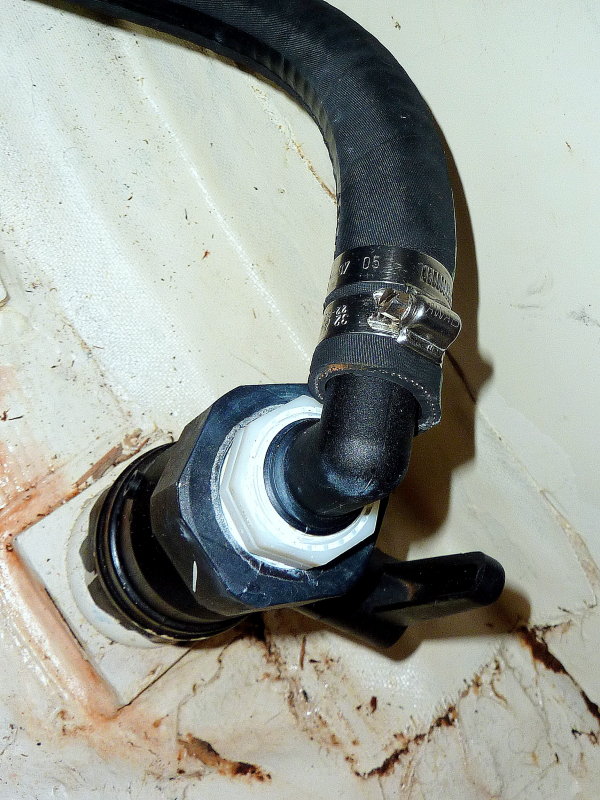My father in law was sailing his Etap 39 on Tuesday. When he arrived that day he noticed more water in the bilges than usual. He had previously changed out the speed transducer for the plug(something he does every time he leaves the boat) so he figured it was from that. He sailed the boat hard all day and spent the night. No problems wed morning when he left the boat. He gets a call from the marina on Thursday morning telling him his boat was sitting low in the water at the mooring and they found 3 ft. of water inside the cabin. They pumped it and hauled it for survey. A mechanic found a clear 1/2" hose connected to a thru hull with no seacock. The other end came disconnecedt from somewhere in the engine compartment but he did not know where. Surveyor will likely figure it out when he gets there.
The Etap has floatations foam as hull core and this boat can be completely holed without sinking. It could have been that the water did reach equilibrium at 3 ft. inside but am not sure.
Engine, batteries, woodwork, refrigeration, upholstery, wiring, etc all submerged. Probably totaled.
Anyone have any idea what this hose might have been for? I thought maybe a breather for a dripless shaft seal but I think this boat has a sail drive.
As for the story above, this was how it was related to me from my FIL who relies mainly on the yard for commissioning and maintenance,
The Etap has floatations foam as hull core and this boat can be completely holed without sinking. It could have been that the water did reach equilibrium at 3 ft. inside but am not sure.
Engine, batteries, woodwork, refrigeration, upholstery, wiring, etc all submerged. Probably totaled.
Anyone have any idea what this hose might have been for? I thought maybe a breather for a dripless shaft seal but I think this boat has a sail drive.
As for the story above, this was how it was related to me from my FIL who relies mainly on the yard for commissioning and maintenance,






